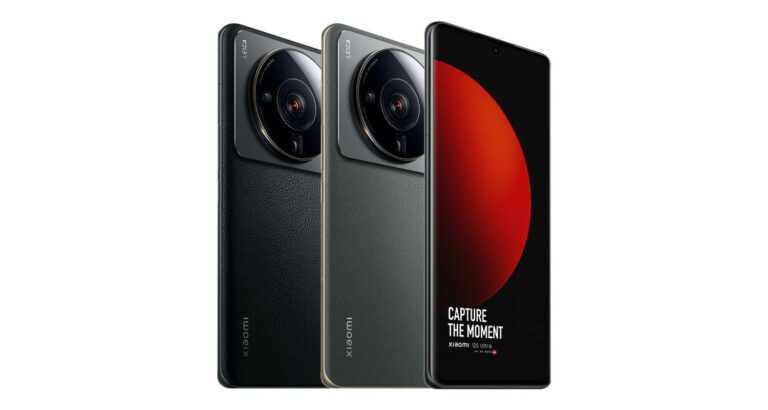Xiaomi confirmed the specifications of the Xiaomi 12S Ultra, 12S Pro and 12S. Each model runs on the latest CPU and GPU from Qualcomm, increasing energy efficiency by up to 30 percent from the initial Xiaomi 12 series.
The release date and prices are unknown, but the devices are underway. The series consists of three smartphones: the 12S Ultra, 12S Pro and 12S. Each model is a successor to the Xiaomi 12 series released back in March.
12S series
There’s nothing wrong with the existing series, but smartphone technology develops rapidly. Several components were introduced in the past few months. Qualcomm launched a new CPU and GPU dubbed Snapdragon 8+ Gen 1. The CPU and GPU are incorporated in every Xiaomi 12S device. Resultingly, the models consume up to 30 percent less energy and perform up to 10 percent faster.
The 12S Ultra and 12S Pro come in three configurations: 256GB storage with 8GB RAM, 256GB storage with 12GB RAM and 512GB storage with 12GB RAM. The regular 12S doesn’t have a 512GB option. Screen sizes range from 6.28 inches to 6.73 inches. The 12S Ultra is the largest and most expensive model. The normal 12S is the smallest and cheapest.
Xiaomi 12S Ultra
Cameras are a key difference. Xiaomi designed the devices in collaboration with Leica, a camera manufacturer. The Xiaomi 12S Ultra has a Sony IMX989 1″ sensor, suitable for professional photos and HDR video. Recordings are automatically stabilized. In addition, the Xiaomi 12S Ultra contains a chipset that supports wired and wireless fast charging.
Xiaomi 12S Pro and Xiaomi 12S
The Xoami 12S Pro and Xiaomi 12S have a Sony IMX707 sensor. This sensor is slightly cheaper, but professional nonetheless. The 12S Pro also has a chipset for fast charging. The charging speed of the normal 12S is slightly lower. The 12S Pro is sized at 6.73 inches; the normal 12S at 6.28 inches.
All displays, including the 12S Ultra, support Adaptive Sync. This means that the refresh rate (Hz) is automatically adjusted to applications. Newer iPhones support the technology as well. Resultingly, media and apps are presented extremely smooth.
Tip: Three months with the iPhone 13 & 13 Pro: should you skip this year’s upgrade?
